| 1.
|
Nishi Kumari Singh, Sangeeta Choudhary,
Bacterial and archaeal diversity in oil fields and reservoirs and their potential role in hydrocarbon recovery and bioprospecting,
2021,
0944-1344,
10.1007/s11356-020-11705-z
|
|
| 2.
|
Hongxing Yang, Yanlin Zhang, Shaochuang Chuang, Weimiao Cao, Zhepu Ruan, Xihui Xu, Jiandong Jiang,
Bioaugmentation of acetamiprid-contaminated soil with Pigmentiphaga sp. strain D-2 and its effect on the soil microbial community,
2021,
0963-9292,
10.1007/s10646-020-02336-8
|
|
| 3.
|
Jinye Hu, Yuling Bao, Yuqi Zhu, Ranagul Osman, Mengfan Shen, Zhan Zhang, Li Wang, Shuyuan Cao, Lei Li, Qian Wu,
The Preliminary Study on the Association Between PAHs and Air Pollutants and Microbiota Diversity,
2020,
79,
0090-4341,
321,
10.1007/s00244-020-00757-4
|
|
| 4.
|
Li-Li Miao, Jie Qu, Zhi-Pei Liu,
Hydroxylation at Multiple Positions Initiated the Biodegradation of Indeno[1,2,3-cd]Pyrene in Rhodococcus aetherivorans IcdP1,
2020,
11,
1664-302X,
10.3389/fmicb.2020.568381
|
|
| 5.
|
Miroslav Špano, Jaromír Říha, Alena Španová, Ondrej Šedo, Bohuslav Rittich,
Bacterial Diversity in the Asphalt Concrete Lining of the Upper Water Reservoir of a Pumped-Storage Scheme,
2020,
12,
2073-4441,
3045,
10.3390/w12113045
|
|
| 6.
|
Dalel Daâssi, Afef Nasraoui-Hajaji, Salwa Bawasir, Fakher Frikha, Tahar Mechichi,
Biodegradation of C20 carbon clusters from Diesel Fuel by Coriolopsis gallica: optimization, metabolic pathway, phytotoxicity,
2021,
11,
2190-572X,
10.1007/s13205-021-02769-w
|
|
| 7.
|
Hadassa L. de Oliveira, Graciela M. Dias, Bianca C. Neves,
Genome sequence of Pseudomonas aeruginosa PA1-Petro—A role model of environmental adaptation and a potential biotechnological tool,
2022,
8,
24058440,
e11566,
10.1016/j.heliyon.2022.e11566
|
|
| 8.
|
Irshad Ahmad,
Microalgae–Bacteria Consortia: A Review on the Degradation of Polycyclic Aromatic Hydrocarbons (PAHs),
2022,
47,
2193-567X,
19,
10.1007/s13369-021-06236-9
|
|
| 9.
|
Barkat Ali, Wasim Sajjad, Nikhat Ilahi, Ali Bahadur, Shichang Kang,
Soot biodegradation by psychrotolerant bacterial consortia,
2022,
33,
0923-9820,
407,
10.1007/s10532-022-09990-1
|
|
| 10.
|
Apolonia Rodríguez, Sandra G. Zárate, Agatha Bastida,
Identification of New Dioxygenases Able to Recognize Polycyclic Aromatic Hydrocarbons with High Aromaticity,
2022,
12,
2073-4344,
279,
10.3390/catal12030279
|
|
| 11.
|
Hu Chen, Ying Wang, Puyu Wang, Yongkang Lv,
Assessing quinoline removal performances of an aerobic continuous moving bed biofilm reactor (MBBR) bioaugmented with Pseudomonas citronellios LV1,
2022,
10049541,
10.1016/j.cjche.2022.09.009
|
|
| 12.
|
Nor Asyikin Ismail, Norhafezah Kasmuri, Nurhidayah Hamzah,
Microbial Bioremediation Techniques for Polycyclic Aromatic Hydrocarbon (PAHs)—a Review,
2022,
233,
0049-6979,
10.1007/s11270-022-05598-6
|
|
| 13.
|
Santosh Kumar Singh, Anil Kumar Haritash,
Bacterial degradation of mixed-PAHs and expression of PAH-catabolic genes,
2023,
39,
0959-3993,
10.1007/s11274-022-03489-w
|
|
| 14.
|
Alexis Nzila, Musa M. Musa, Emmanuel Afuecheta, Assad Al-Thukair, Saravanan Sankaran, Lei Xiang, Qing X. Li,
Benzo[A]Pyrene Biodegradation by Multiple and Individual Mesophilic Bacteria under Axenic Conditions and in Soil Samples,
2023,
20,
1660-4601,
1855,
10.3390/ijerph20031855
|
|
| 15.
|
Dibyajit Lahiri, Moupriya Nag, Ankita Dey, Tanmay Sarkar, Sanket Joshi, Soumya Pandit, Alok Prasad Das, Siddhartha Pati, Smaranika Pattanaik, Vijay Kumar Tilak, Rina Rani Ray,
Biofilm Mediated Degradation of Petroleum Products,
2022,
39,
0149-0451,
389,
10.1080/01490451.2021.1968979
|
|
| 16.
|
Arfin Imam, Sunil Kumar Suman, Pankaj K. Kanaujia, Anjan Ray,
Biological machinery for polycyclic aromatic hydrocarbons degradation: A review,
2022,
343,
09608524,
126121,
10.1016/j.biortech.2021.126121
|
|
| 17.
|
A Akhdiya, R A Sanjaya, ,
Isolation and identification of fenobucarb degrading bacteria from Pangalengan farm land,
2021,
883,
1755-1307,
012007,
10.1088/1755-1315/883/1/012007
|
|
| 18.
|
Temitope Kolapo Kehinde,
Biosurfactant producing abilities of some bacteria isolated from bitumen contaminated soils,
2021,
26900777,
026,
10.17352/ojeb.000023
|
|
| 19.
|
Kuralay Yessentayeva, Anne Reinhard, Ramza Berzhanova, Togzhan Mukasheva, Tim Urich, Annett Mikolasch,
Bacterial crude oil and polyaromatic hydrocarbon degraders from Kazakh oil fields as barley growth support,
2024,
108,
0175-7598,
10.1007/s00253-024-13010-y
|
|
| 20.
|
Olga Maslova, Olga Senko, Marina A. Gladchenko, Sergey N. Gaydamaka, Elena Efremenko,
Prospects for Combined Applications of Nanostructured Catalysts and Biocatalysts for Elimination of Hydrocarbon Pollutants,
2023,
13,
2076-3417,
5815,
10.3390/app13095815
|
|
| 21.
|
Rand R. Ahmed, Ahmed A. Al-Obaidi, Zainab Bahaa Mohammed,
Bioremediation of contaminated soil by crude oil of Baiji refinery by extraction of the local dominant bacteria,
2024,
1374,
1755-1307,
012010,
10.1088/1755-1315/1374/1/012010
|
|
| 22.
|
Arthur Paul Schwab,
Bioremediation of Polyaromatic Hydrocarbons in Soils: A Review of Recent Progress,
2024,
10,
2198-6592,
710,
10.1007/s40726-024-00324-8
|
|
| 23.
|
Larissa O. da Silva, Sara H. de Oliveira, Rafael G. C. da Silva, Magda R. S. Vieira, Ivanilda R. de Melo, Severino L. Urtiga Filho,
Soil Corrosivity Under Natural Attenuation,
2024,
27,
1980-5373,
10.1590/1980-5373-mr-2023-0563
|
|
| 24.
|
Yifan Jiang, Chunqing Fu, Bingwen Xu, Jingru Cui, Yue Feng, Liang Tan,
Performance of a novel Built-in Static Magnetic Field – Biological Aerated Filter (BSMF–BAF) for treating high-salt textile dyeing wastewater,
2024,
370,
03014797,
122548,
10.1016/j.jenvman.2024.122548
|
|
| 25.
|
Selvaraj Barathi, Gitanjali J, Gandhimathi Rathinasamy, Nadana Sabapathi, K.N. Aruljothi, Jintae Lee, Sabariswaran Kandasamy,
Recent trends in polycyclic aromatic hydrocarbons pollution distribution and counteracting bio-remediation strategies,
2023,
337,
00456535,
139396,
10.1016/j.chemosphere.2023.139396
|
|
| 26.
|
Divya Baskaran, Hun-Soo Byun,
Current trend of polycyclic aromatic hydrocarbon bioremediation: Mechanism, artificial mixed microbial strategy, machine learning, ground application, cost and policy implications,
2024,
498,
13858947,
155334,
10.1016/j.cej.2024.155334
|
|
| 27.
|
Masoumeh Tahmasbizadeh, Mahnaz Nikaeen, Hossein Movahedian Attar, Hossein Khanahmad, Mohammad Khodadadi,
Resuscitation-promoting factors: Novel strategies for the bioremediation of crude oil-contaminated soils,
2025,
271,
00139351,
121085,
10.1016/j.envres.2025.121085
|
|
| 28.
|
Robert Conlon, David N. Dowling, Kieran J. Germaine,
Assessing Microbial Activity and Rhizoremediation in Hydrocarbon and Heavy Metal-Impacted Soil,
2025,
13,
2076-2607,
848,
10.3390/microorganisms13040848
|
|
| 29.
|
Zeena Ghazi Faisal, Mohannad Mohammed Jameel, Othman Abbas Abdullah, Maurizio Petruccioli,
Isolation and Identification of Black Oil‐Degrading Bacteria From Lubricant‐Contaminated Soil in Northern Baghdad, Iraq,
2025,
2025,
2356-6140,
10.1155/tswj/4009105
|
|











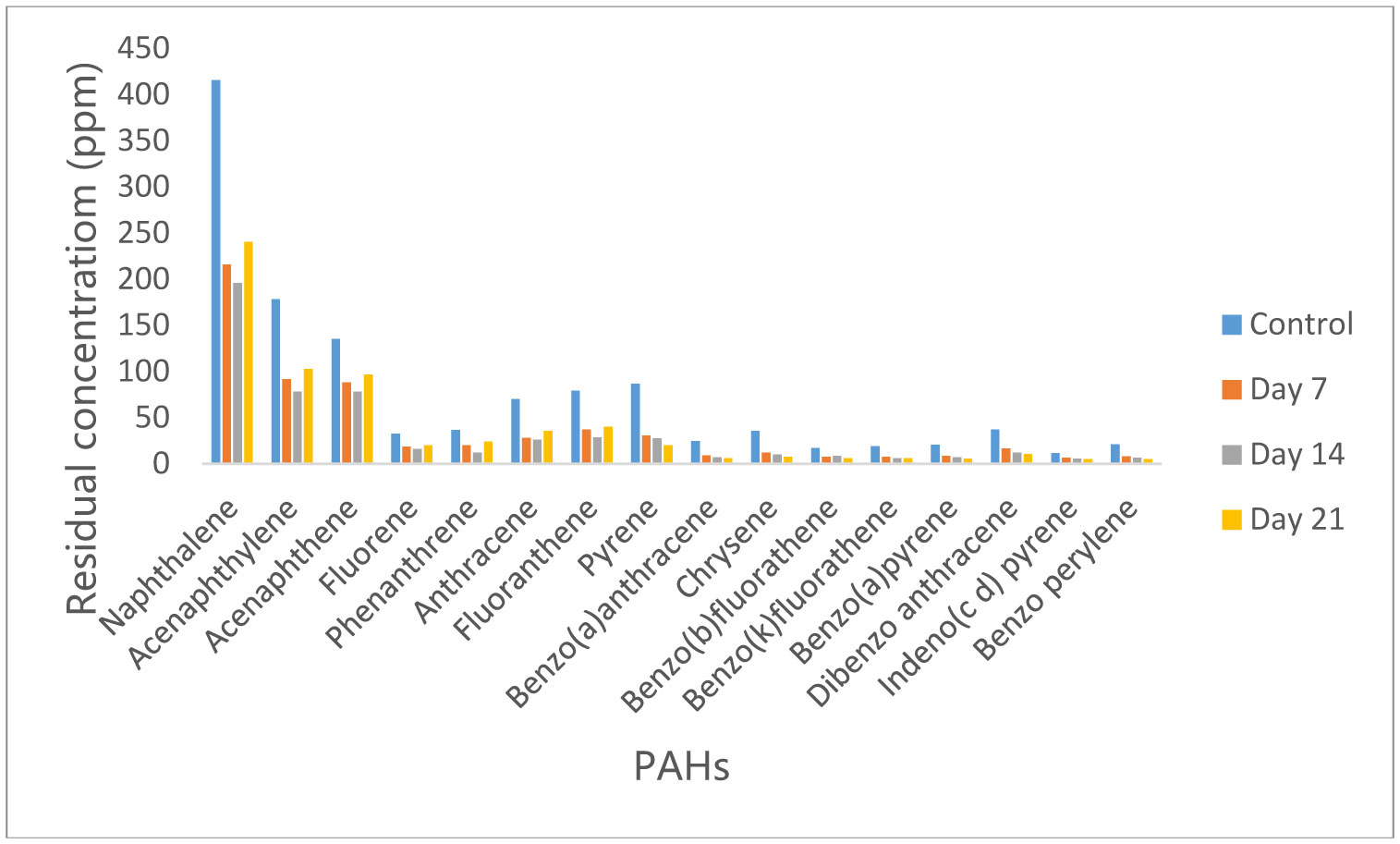
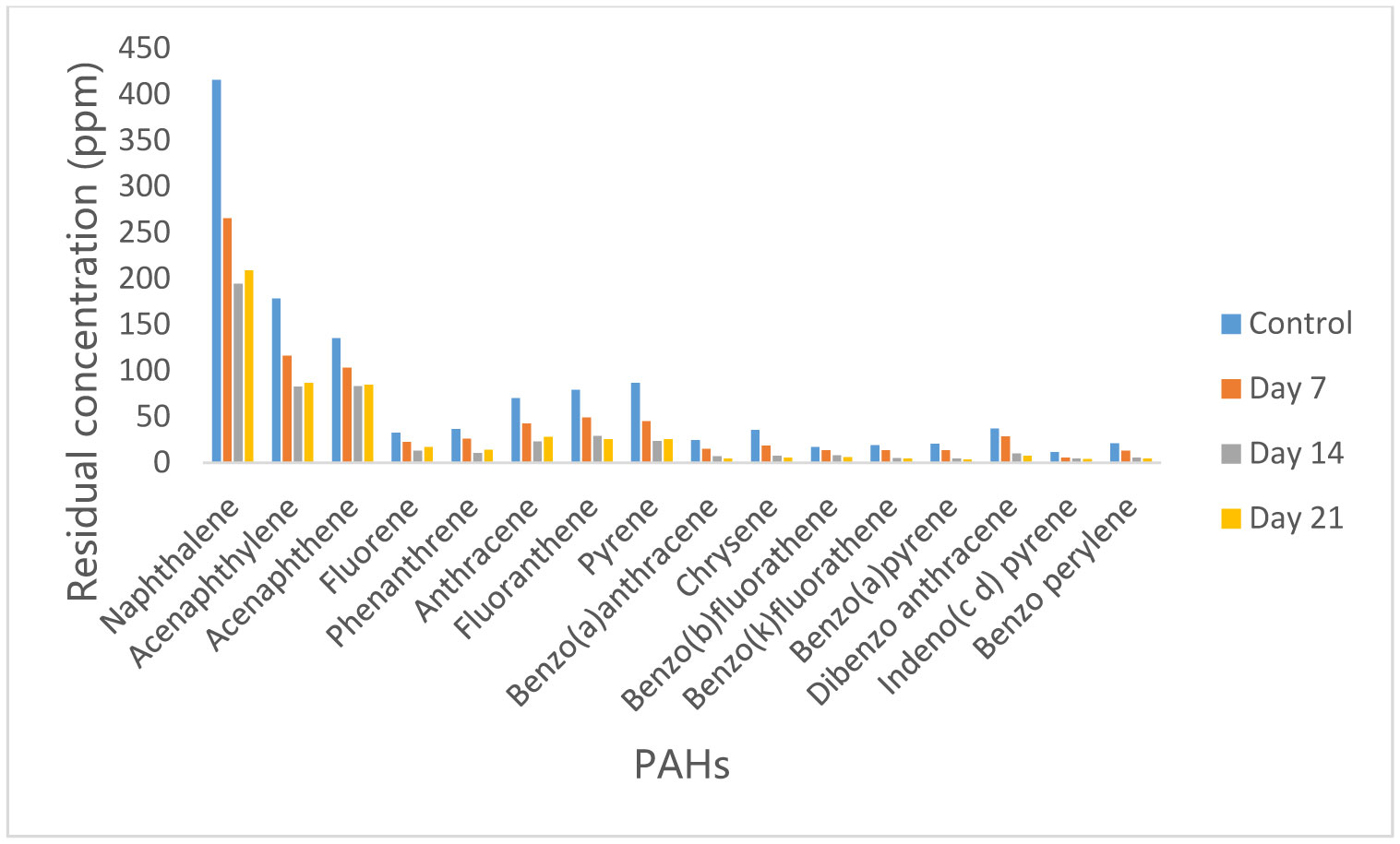
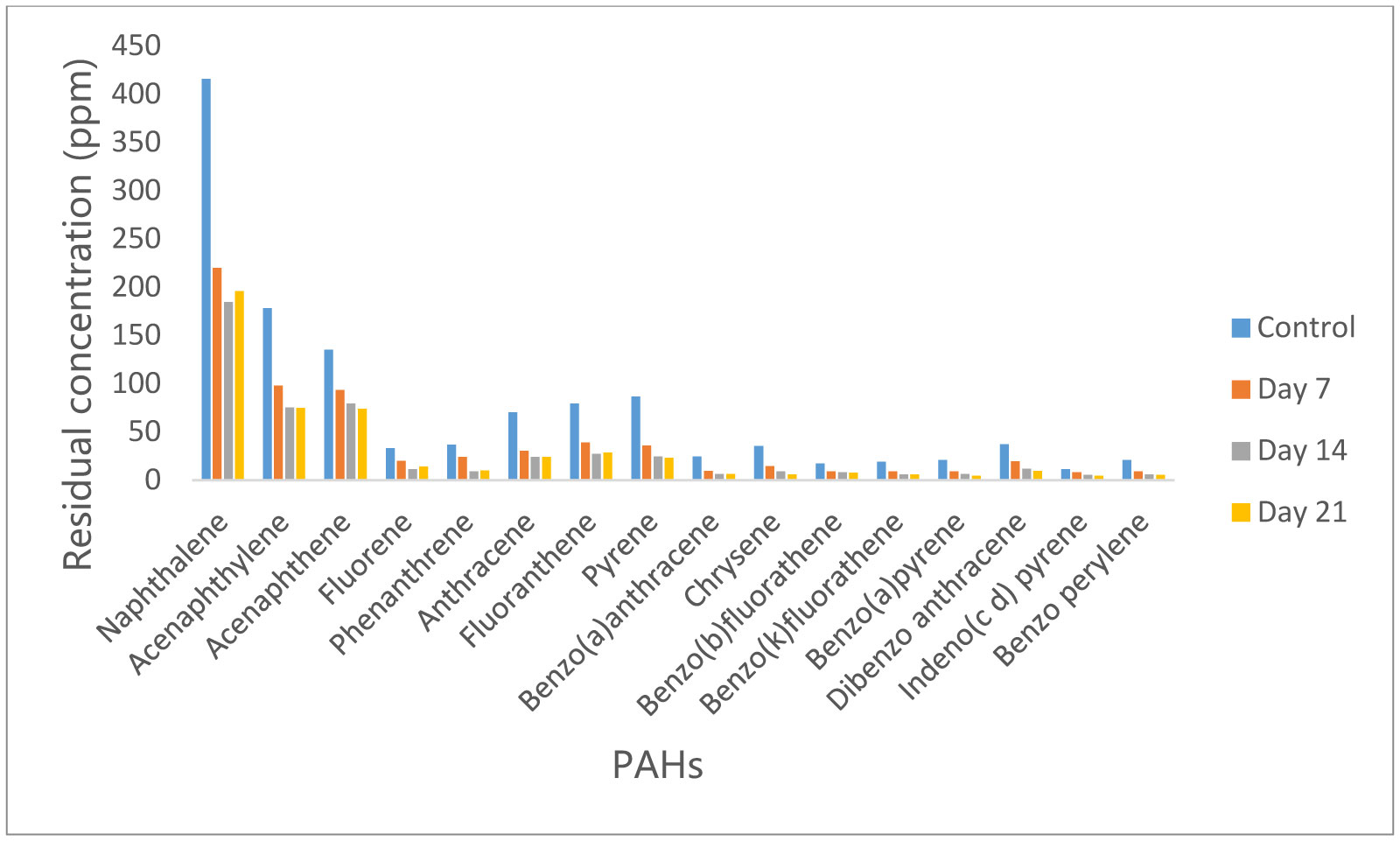
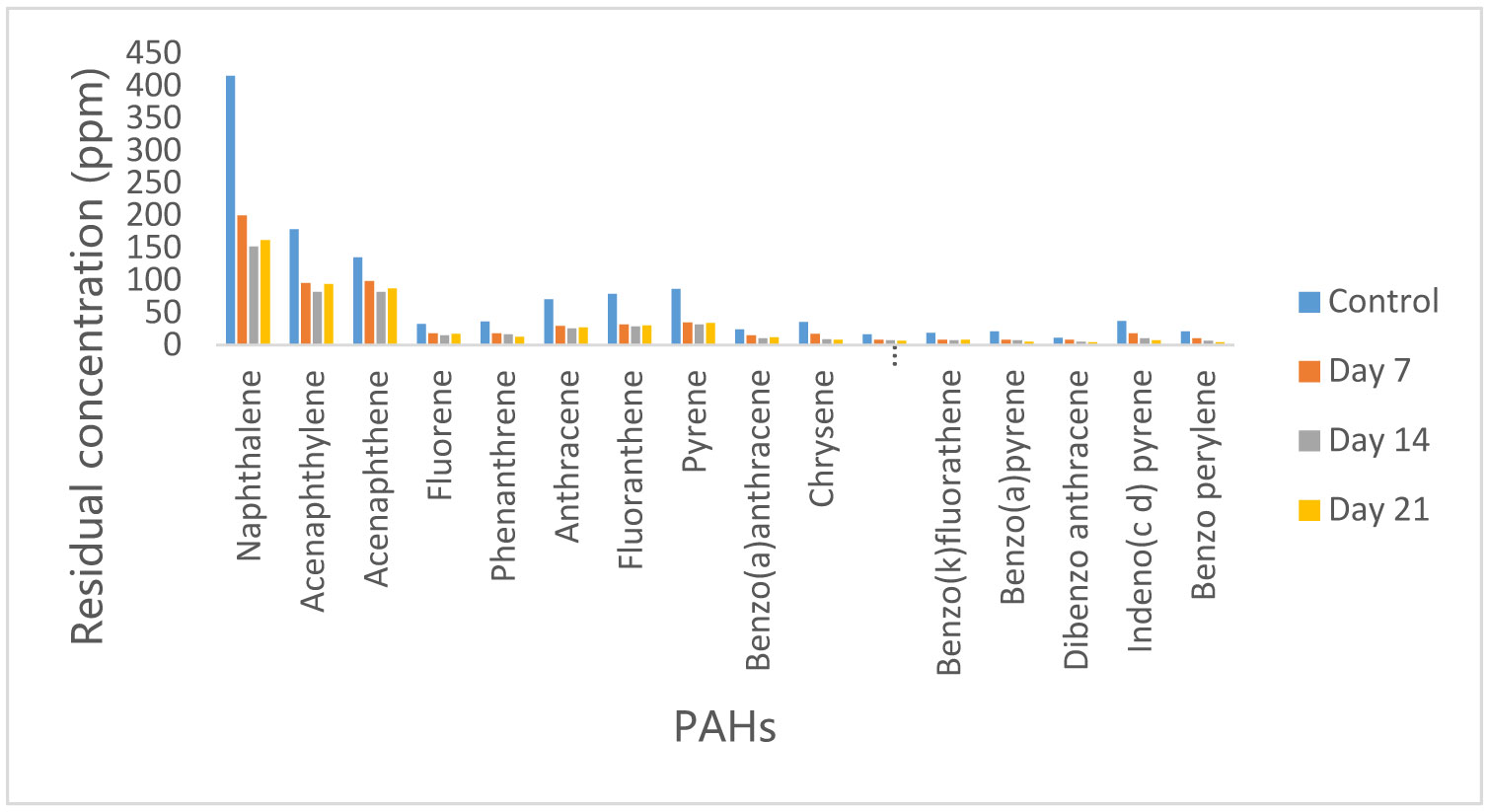
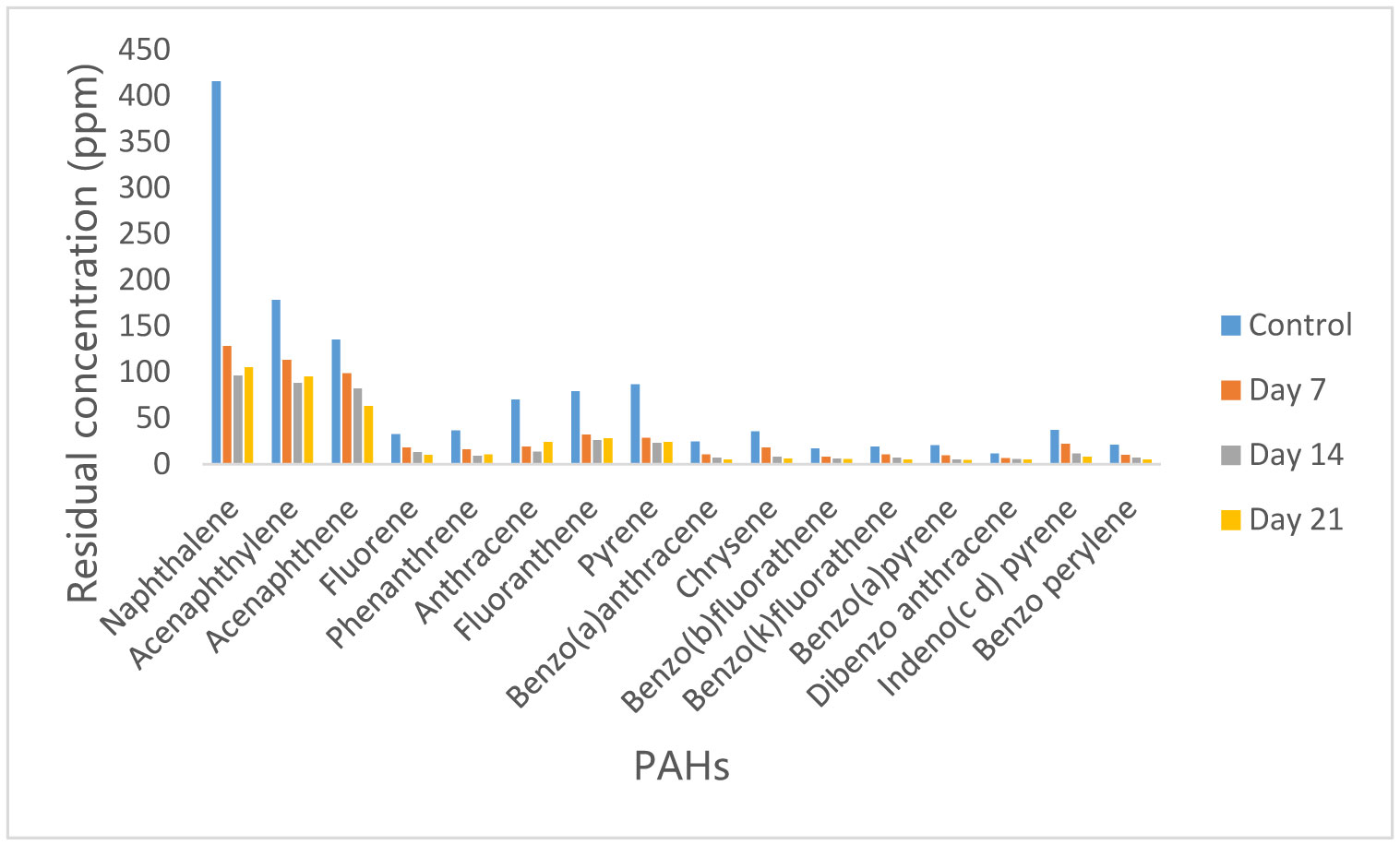
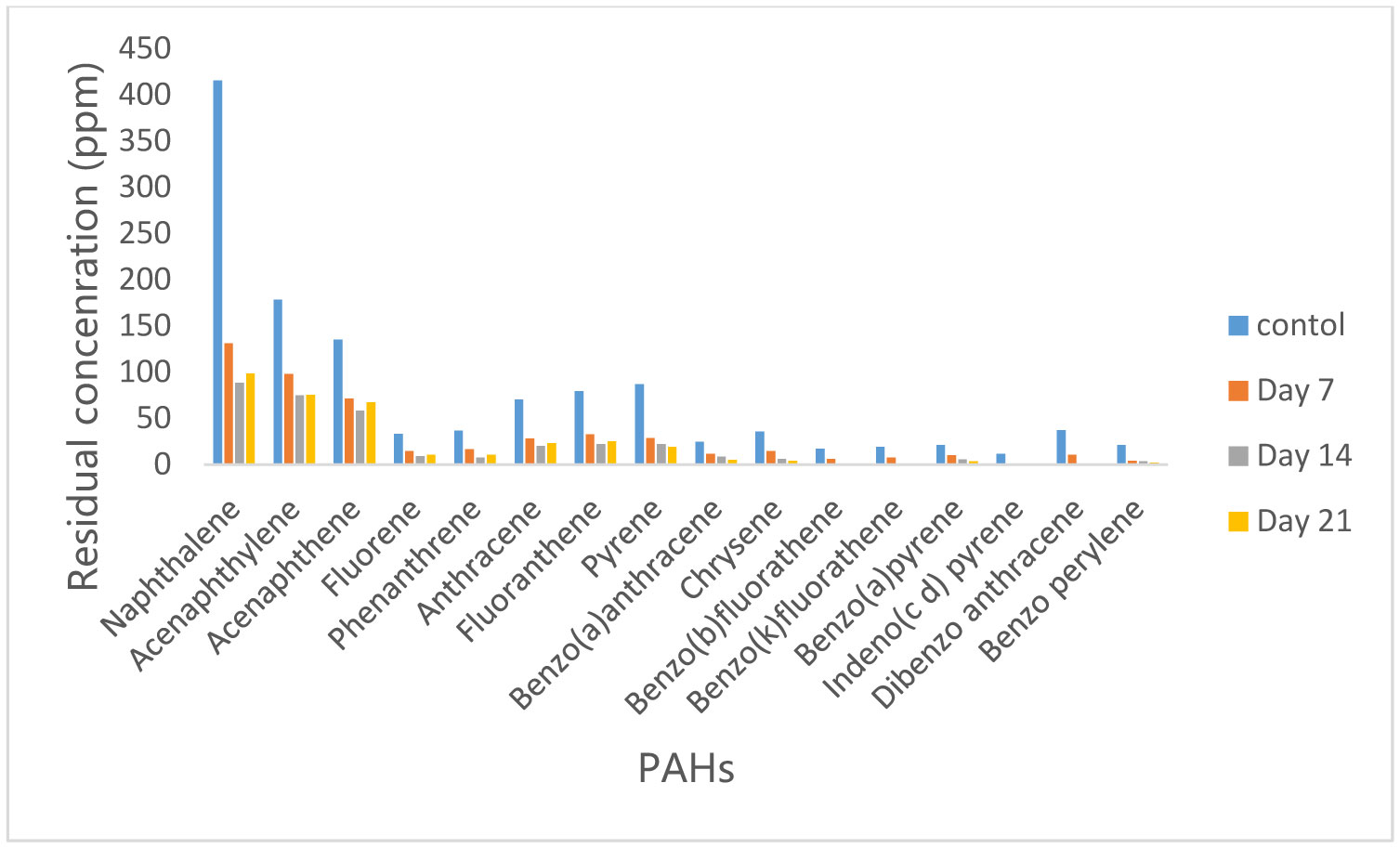
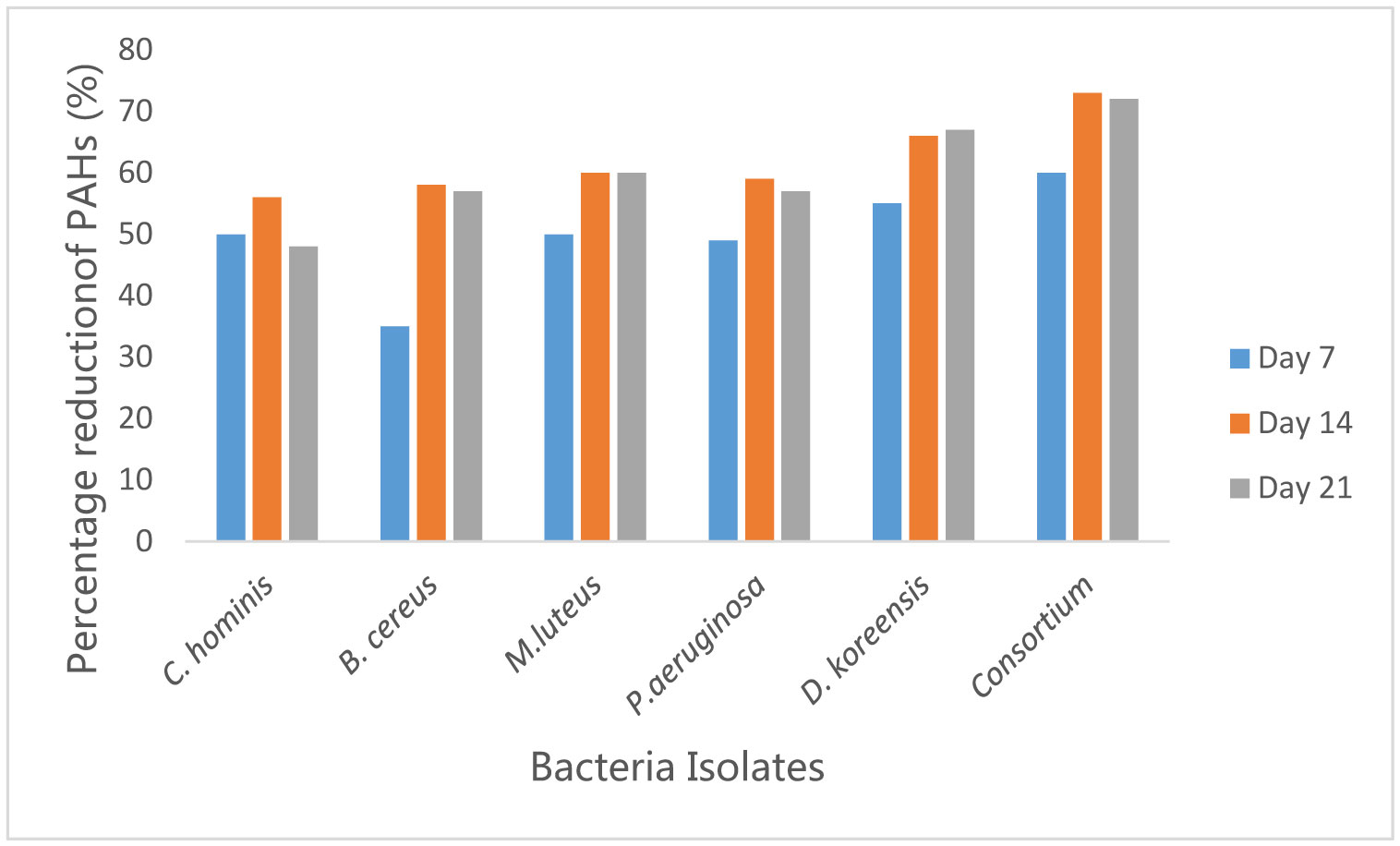

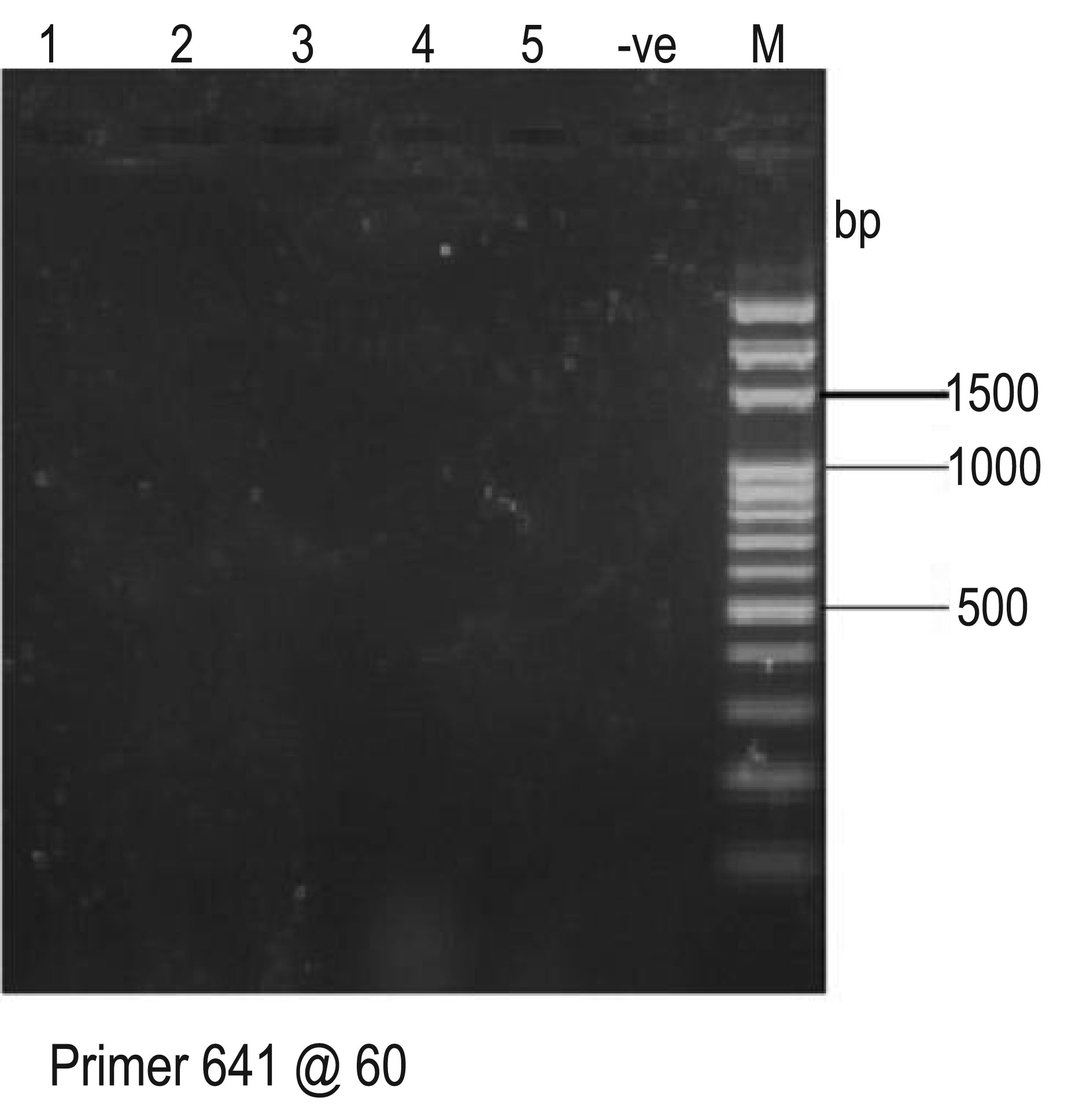
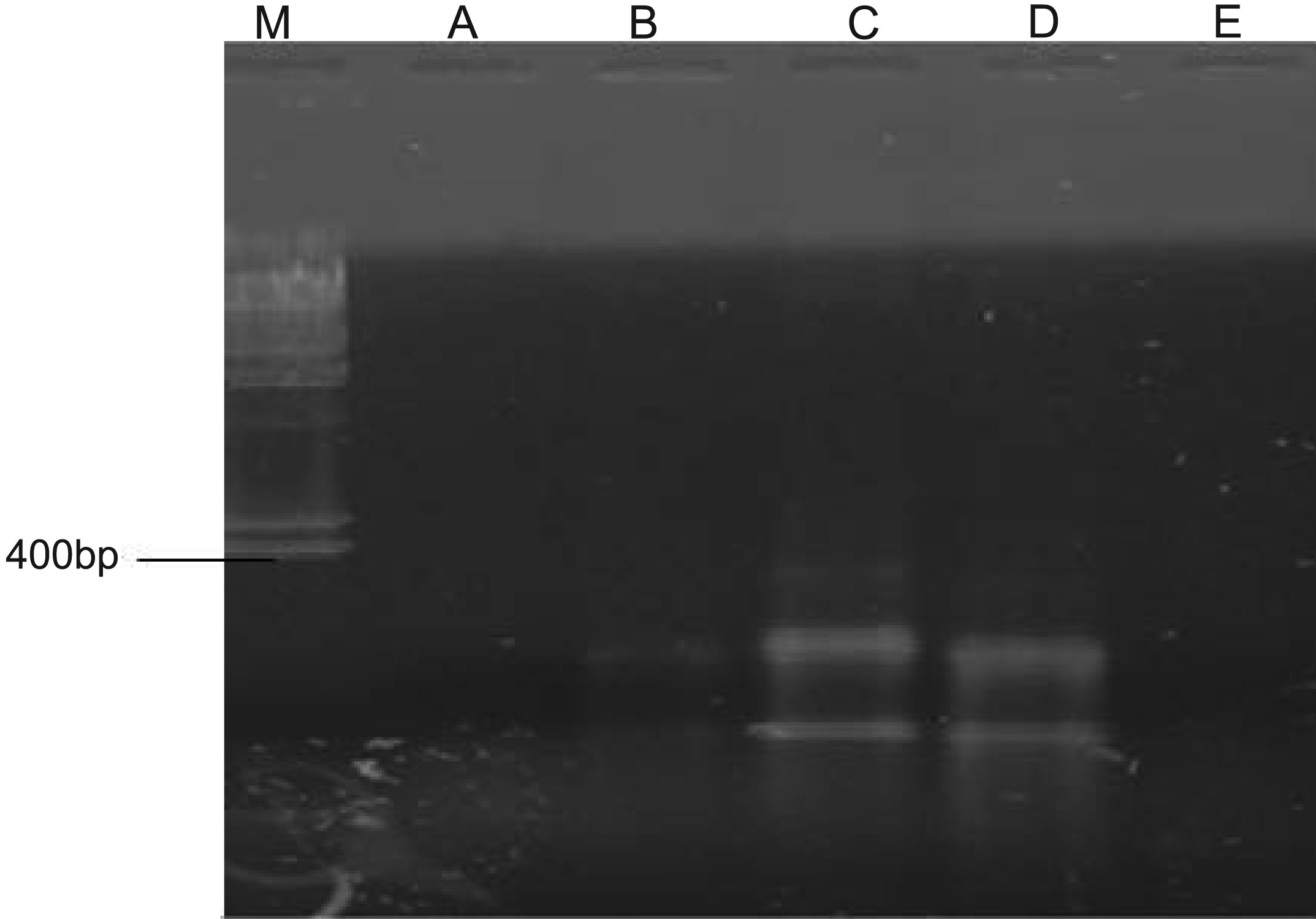


 DownLoad:
DownLoad: